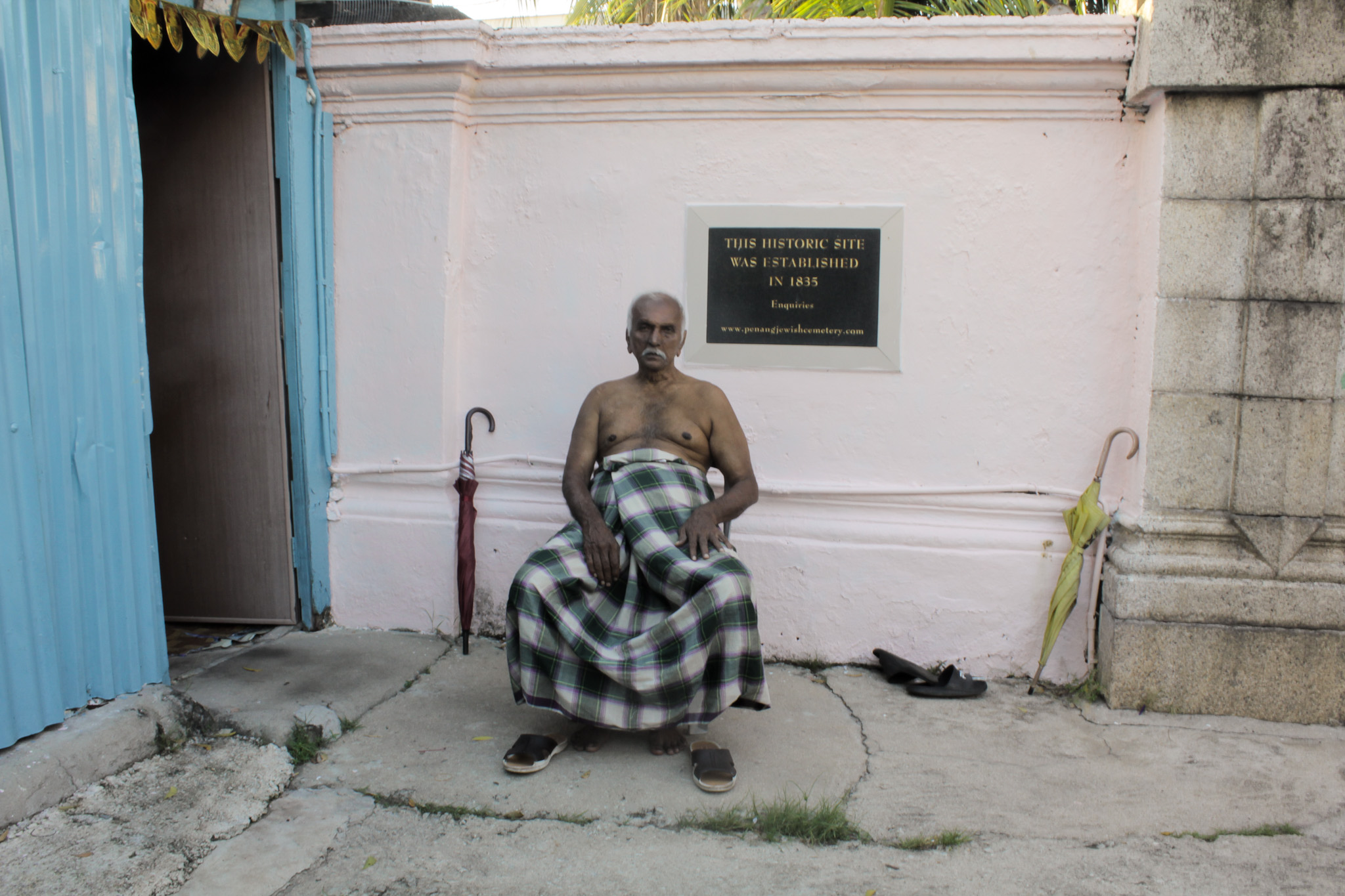Along a quiet street in the charming shophouse city of George Town on the northern island of Penang, Malaysia, is an 8-foot-high wall and an imposing black wrought iron gate obscured by an odd assemblage of coconut palms, a large angsana tree, overgrown weeds and a small Indian shrine.
In this graveyard, rows upon rows of aged granite stones are neatly lined up. Some graves are low domes, others are triangular.
Believed to be the oldest and largest concentration of Jewish graves in Southeast Asia, the Penang Jewish Cemetery houses 107 individual graves: those of children and adults alike. Sitting on the gravestones are tiny pebbles used to pay respects and scattered all over the cemetery ground.
This is the final evidence of a vanished Jewish community.
“Penang was home to an entire community of Jews,” reveals a graphic novel titled ‘The Last Jews of Penang.’
It is a piece of history of which not many Malaysians are aware. The street once known as Jalan Yahudi, or Jewish Road, was renamed Jalan Zainal Abidin, or Zainal Abidin Road, after famed educator and politician, Haji S. M. Zainul Abidin.
With the street renaming, a historical part of the Jewish legacy in Malaysia was erased.
Amir Muhammad, founder of local independent publisher Buku Fixi, saw the need to further document the once vibrant Jewish community after he stumbled upon a 2011 article titled, ‘The last Jew to leave Penang.’
“I knew I wanted to commemorate this little-known segment of society but I didn’t know what form it would take,” Amir said.
A decade later, ‘The Last Jews of Penang’ became a graphic novel.
The 40-page book is part of a series published under Buku Fixi’s Matahari Books imprint retelling lesser known stories from Malaysia. Written by Zayn Al-Abideen Gregory and illustrated by Arif Rafhan, the novel was released during the annual George Town Literary Festival in 2021.
“I think for many people, this book will be the first thing they ever read about Judaism,” said Gregory, who is part Jewish. “And I think it will be their first exposure to the fact that this [Jewish] community even existed [in Malaysia].”
The immediate connection Malaysians make when the word Jewish is uttered goes to Israel, Gregory said.
“There’s certainly a degree of confusion about the difference between Israel the country, Judaism the religion and Jewish people as an ethnic group,” he explained. “I think those three categories get very mixed up.”
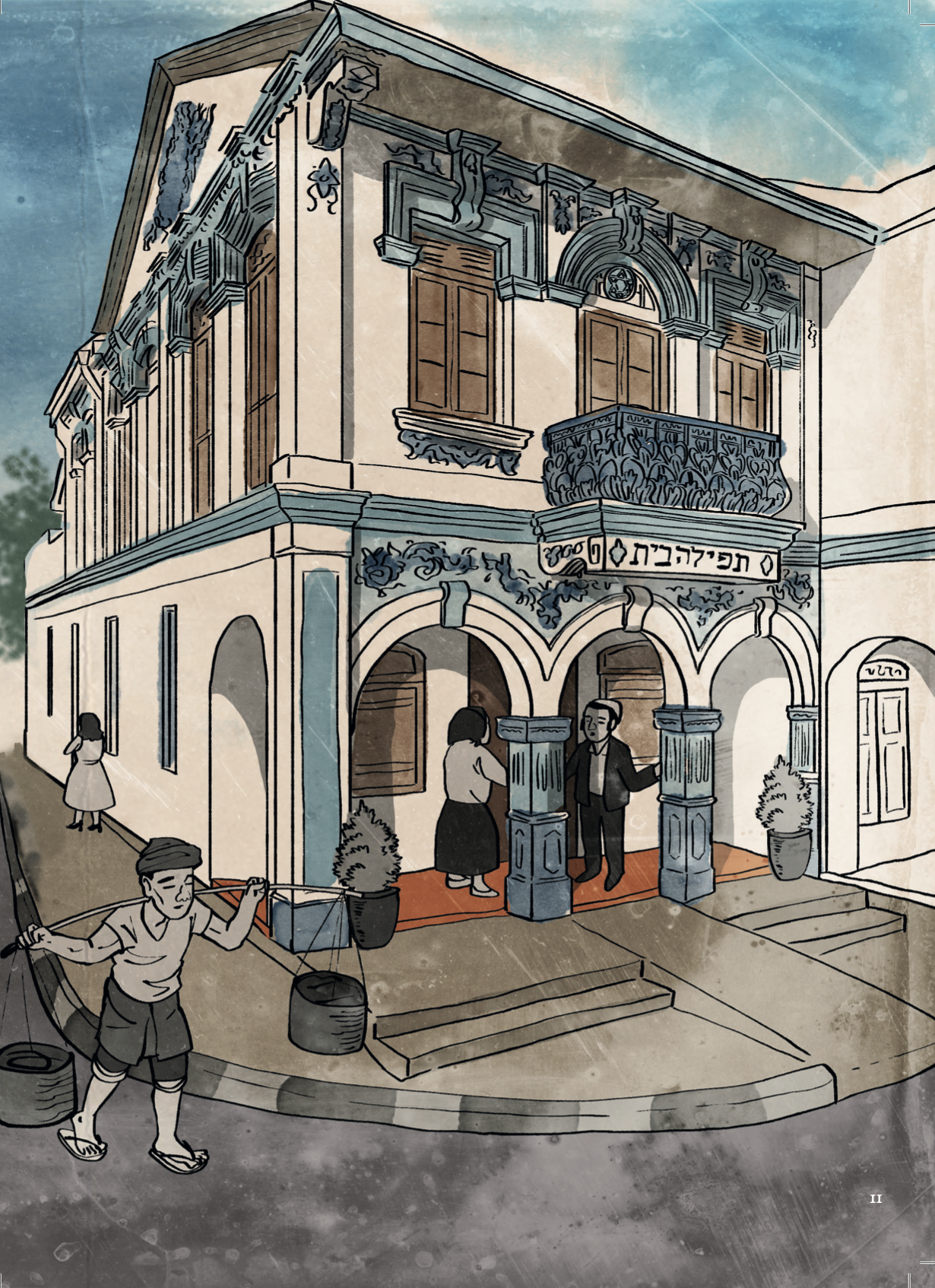
The 24-year leadership of Dr. Mahathir Mohamad, a man who often made remarks considered anti-semitist, and the country’s poor diplomatic relations with Israel have created a culture that doesn’t immediately appear welcoming to Jewish communities.
However, anti-Jewish rhetoric is not reflective of Malaysia at large, Gregory said. When strangers learn about his Jewish heritage, he usually encounters curious minds.
“I’ve been living in Malaysia for nearly 20 years, and throughout that whole time, anyone who has ever learned that I have a Jewish ancestry has never had any kind of negative reaction to that at all,” he said. “A lot of the negative opinion and a lot of this sort of prejudice that might be out there I think really does boil down to the political aftermath of the founding of Israel and what has happened there since then.”
He said he hopes the book can help educate more people about Jewish customs and spread the story of Jewish people who once belonged to a small community in Malaysia.
The production of ‘The Last Jews of Penang’ began in March 2021 during the peak of the COVID-19 pandemic, which prevented Gregory from traveling to Penang in West Malaysia from his home in the state of Sarawak in Borneo.
“It was impossible to travel,” said Gregory, a professor of landscape architecture at the University of Malaysia Sarawak. “I think [not being able to visit the former Jewish enclave] is probably my biggest personal regret about the history of this book.”
“As a landscape architect, being able to go and actually see the cemetery site would have been very meaningful in a lot of ways. But it’ll have to wait,” he said.
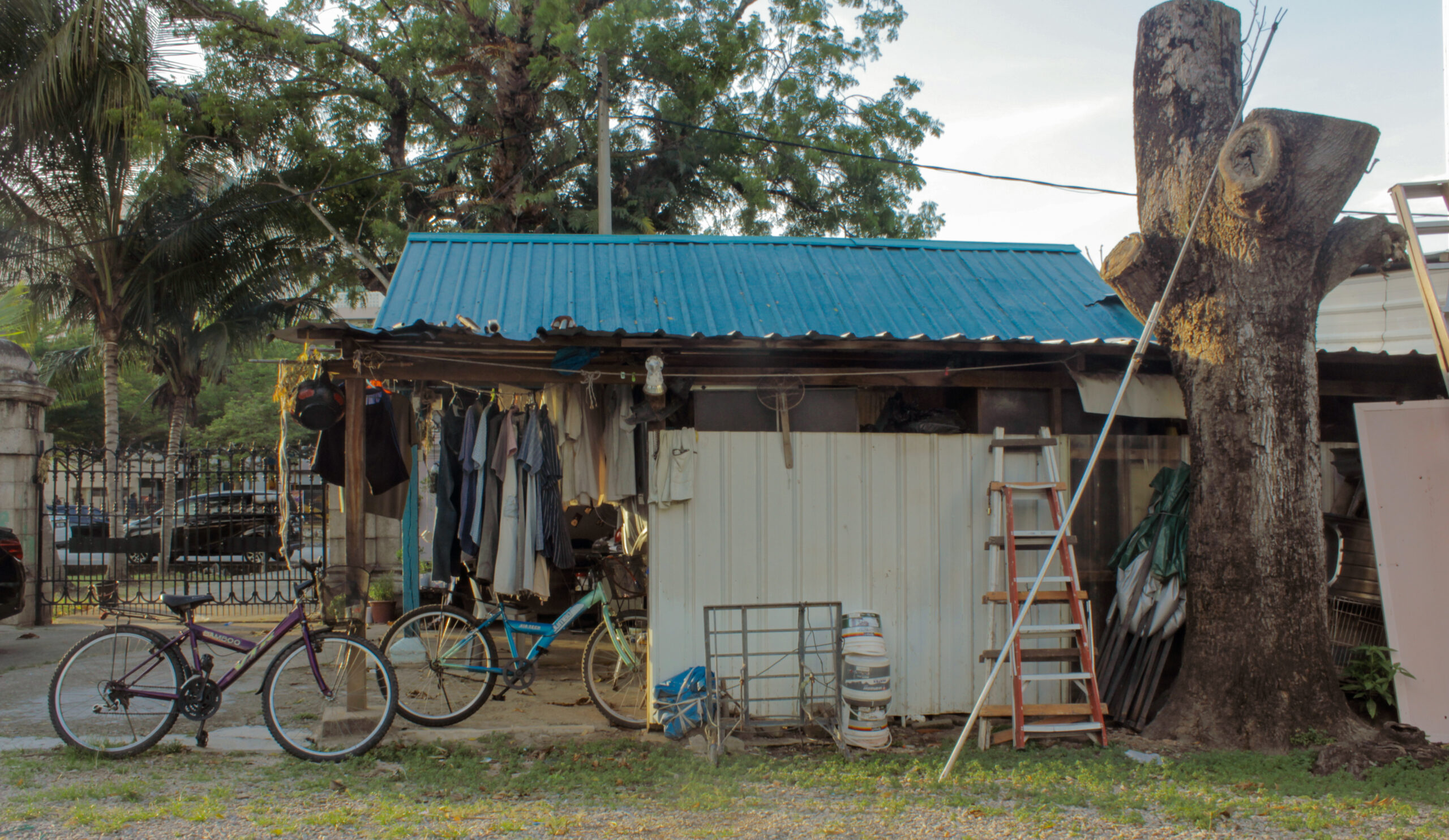
There was an air of divine sanctity in the silence of the 217-year-old cemetery.
To the left of the huge black gates was a hodgepodge of container shacks, with stacks of books, clothes hanging to dry and children’s bicycles leaning on the walls. Dried angsana leaves dangled off the roof like a good luck charm. Situated on the right was a cyan blue shack with a narrow door lined by gold and green mango leaf toran, a traditional decorative door hanging in Hinduism.
A white-haired Tamil man, donning a striped shirt and a green plaid sarong, emerged from the shack, his hospitable demeanour juxtaposing the hard exterior and solemn nature of a cemetery ground.
He gestured with his hand: “Come in.”
The man, who was introduced as Mr. Selvaraj in Gregory and Arif’s book, is the caretaker whose family has been entrusted with the responsibility and upkeep of the cemetery ground. “Cut grass and clean,” he said, describing his duties while using his hand to indicate his childhood height when he started helping.
To accommodate the drizzling rains on a late afternoon, Selvaraj grabbed an umbrella and walked along a stone pathway lined by palm trees. He stopped at an unassuming grave.
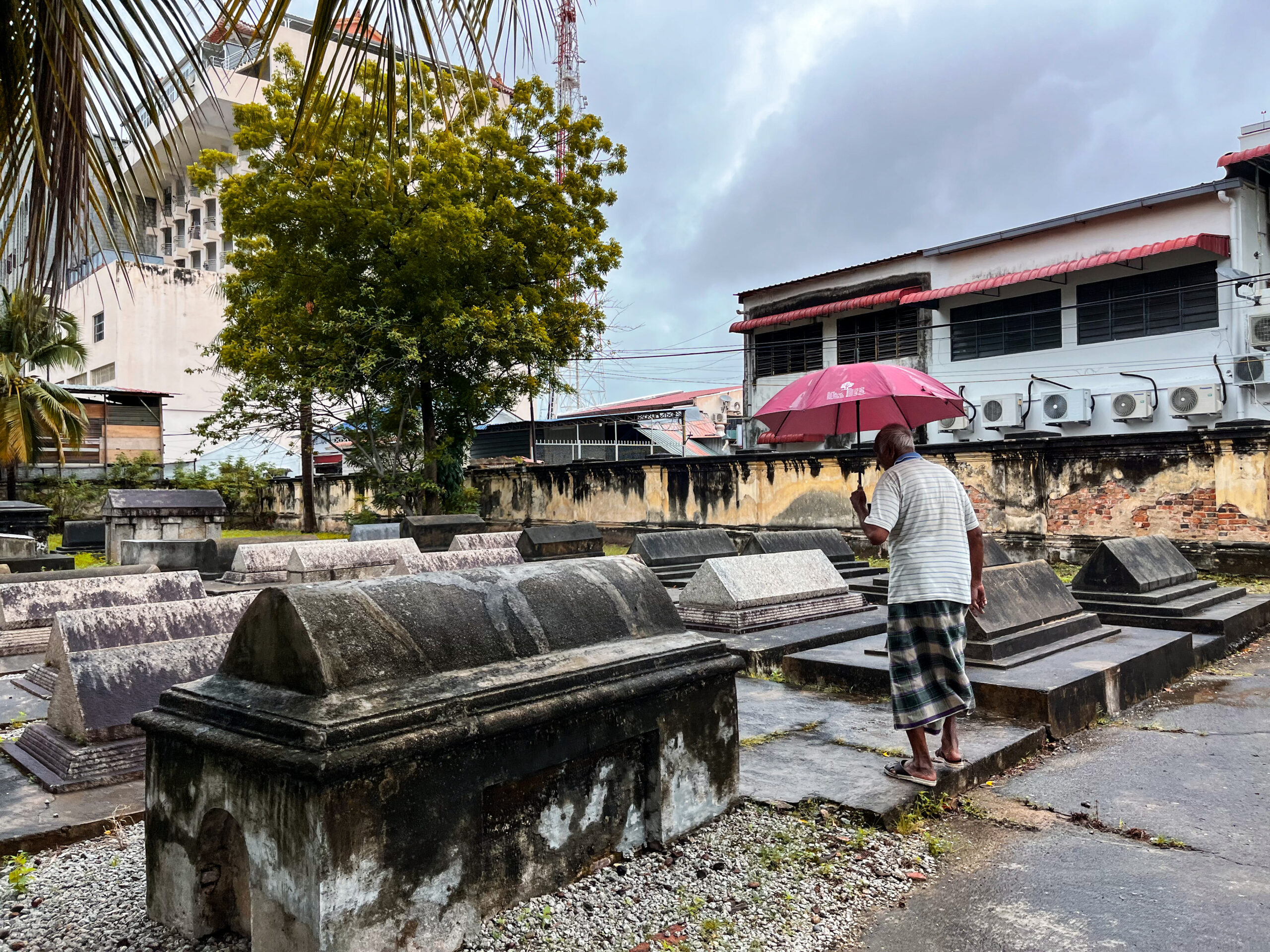
“This the oldest,” he said throatily, pointing at a pyramid-shaped tombstone with Hebrew inscriptions. The marker belongs to an English Jewish woman known as both Rachamah Levi and Shoshan Levi, who received the 3,538 square-metre (38,087 square-foot) plot of land as a token of thanksgiving in the early 19th century. She was first to be buried there on 9 July 1835.
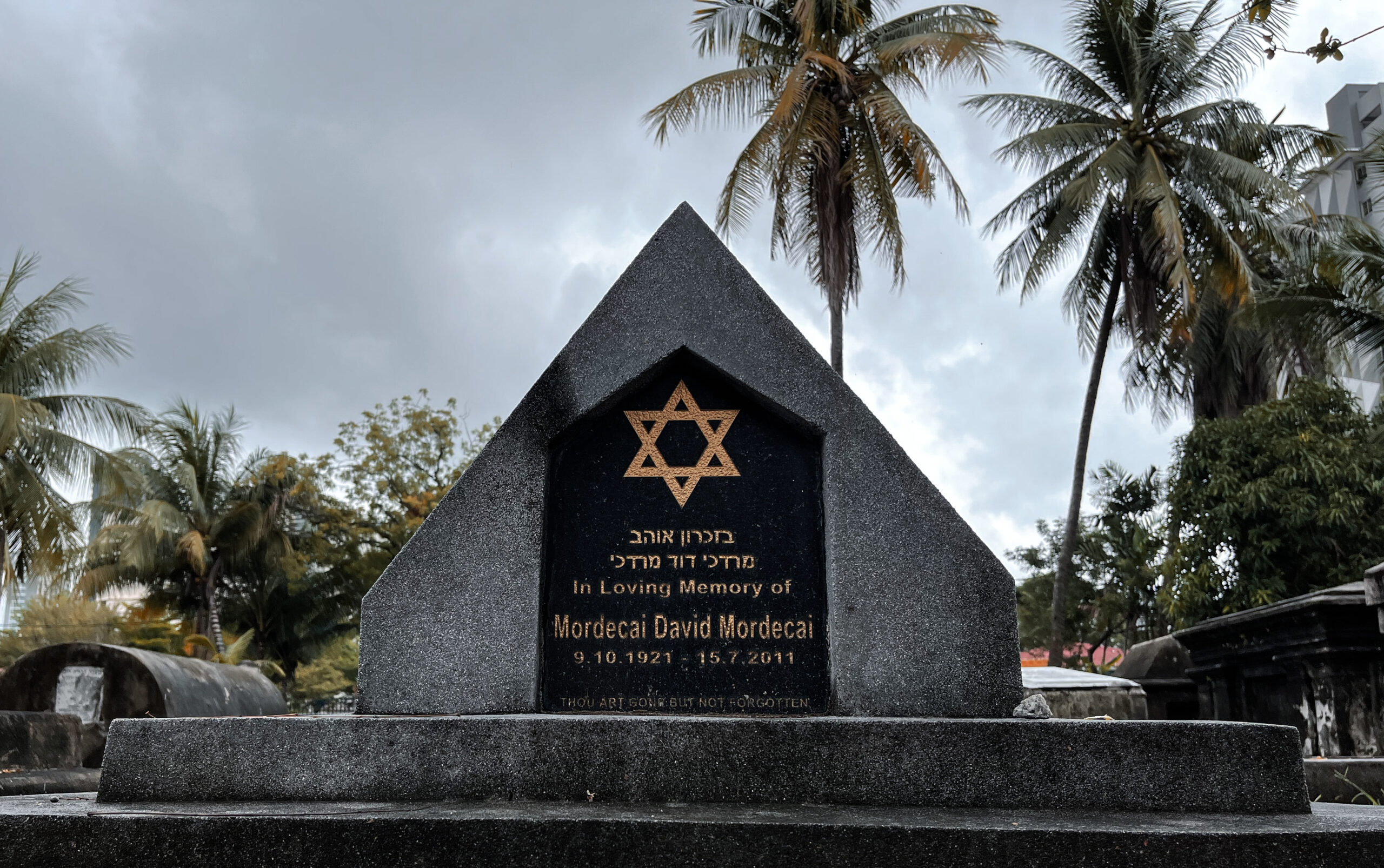
Some graves have inscriptions in Hebrew while others display the Latin alphabet in Gothic font sandblasted into the stone. Most carry Star of David engravings and the identities of the deceased, while a smaller number remain unmarked.
Aside from a few graves damaged by the harsh forces of nature, the majority of the headstones are generally well kept, with billygoat weeds racing against the maintenance of the caretaker.
Among the many graves, one stands out, the shine of the granite reflecting the rays of the sun from the final resting place of Penang’s last ethnic Jewish person, Mordecai David Mordecai. The former general manager at the famed Eastern and Oriental Hotel was buried there in 2011.
Not much else is known. Visitors who stumble upon the unusual plot of land often leave with more questions than answers.
After the release of his book, Gregory learnt that many relatives of the Jewish community migrated or married into local families to assimilate into Malaysian society, gradually foregoing their Jewish practice.
“Over several generations, the Jewishness kind of fades out. And they’re just Malaysians like everybody else,” Gregory said.
A 10-minute brisk walk from the cemetery leads to the city’s only synagogue, located inside a corner shoplot. The community would gather there for weekly rest days beginning Friday evening and lasting through sundown on Saturday.
“Even at their height at the turn of the 20th century, the Jews of Penang were never more than 200 people. But that was a lot for a synagogue in a little shophouse,” the book explains.
Over the years, the building housing the synagogue accumulated different identities and narratives. First a photography studio, then a pharmacy, a florist and a print shop. Now the building has taken the form of a micro coffee roastery that also serves coffee.
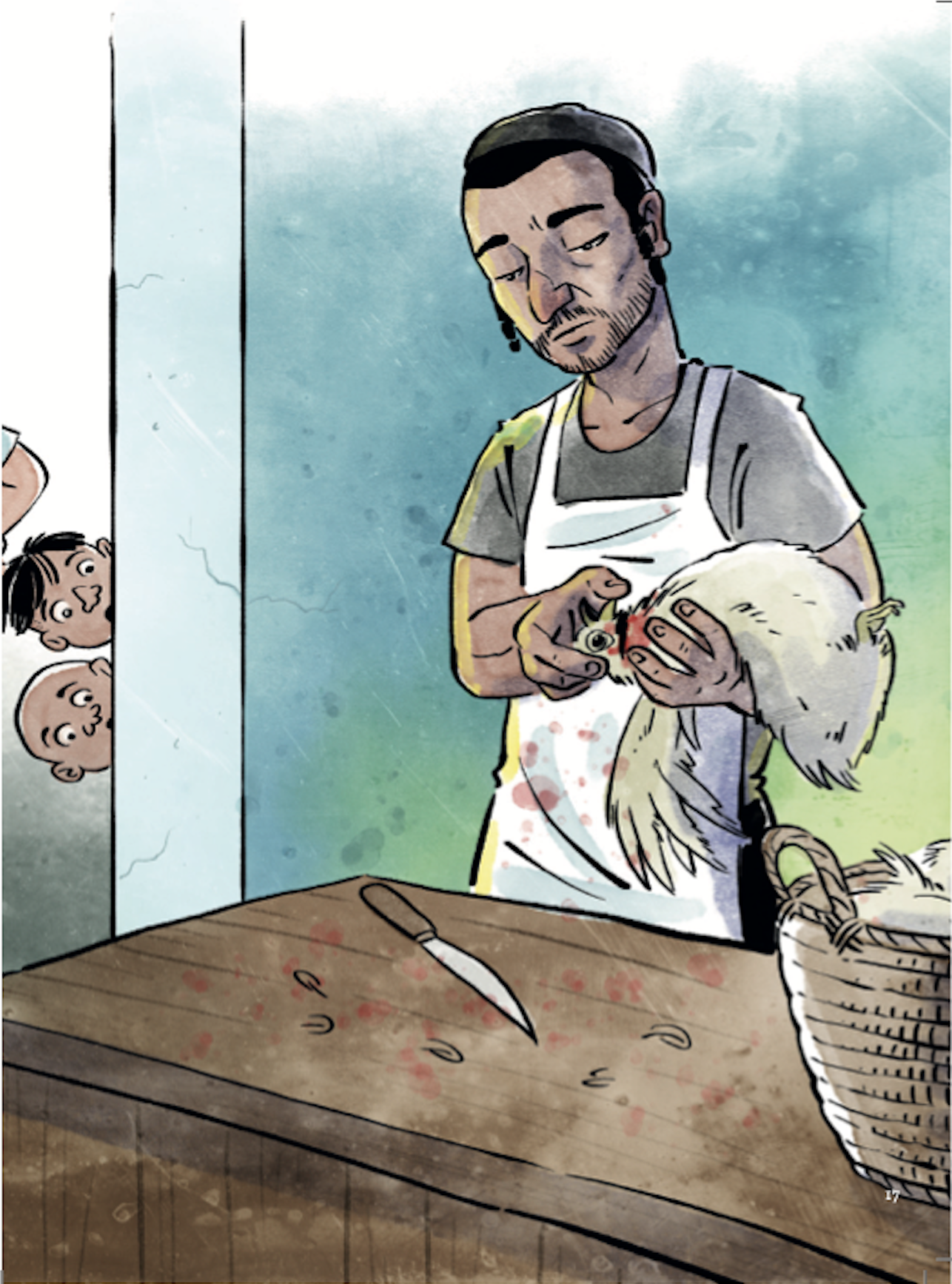
During the Malayan Japanese invasion of World War II, many Jewish people fled Penang. By 1976, the lack of Jewish people within the community forced the synagogue to shut its doors permanently. There weren’t enough people to fulfill a minyan, a Jewish prayer group traditionally requiring ten adult men.
At its liveliest, they had a mohel, a person trained to perform the ritual of circumcision on Jewish boys, as well as a hazan who leads the prayers in a synagogue and a shohet who slaughters the animals fit for Jewish consumption.
“Their community may have been small, but it was complete,” Gregory wrote of the community before the war.
As an immigrant who has resided in Malaysia and practiced Islam for the past 20 years, Gregory wonders how much his own descendants will understand about their background from his native country, the US.
“Knowing that there already had been a Jewish community in the country is really something remarkable,” he said.
